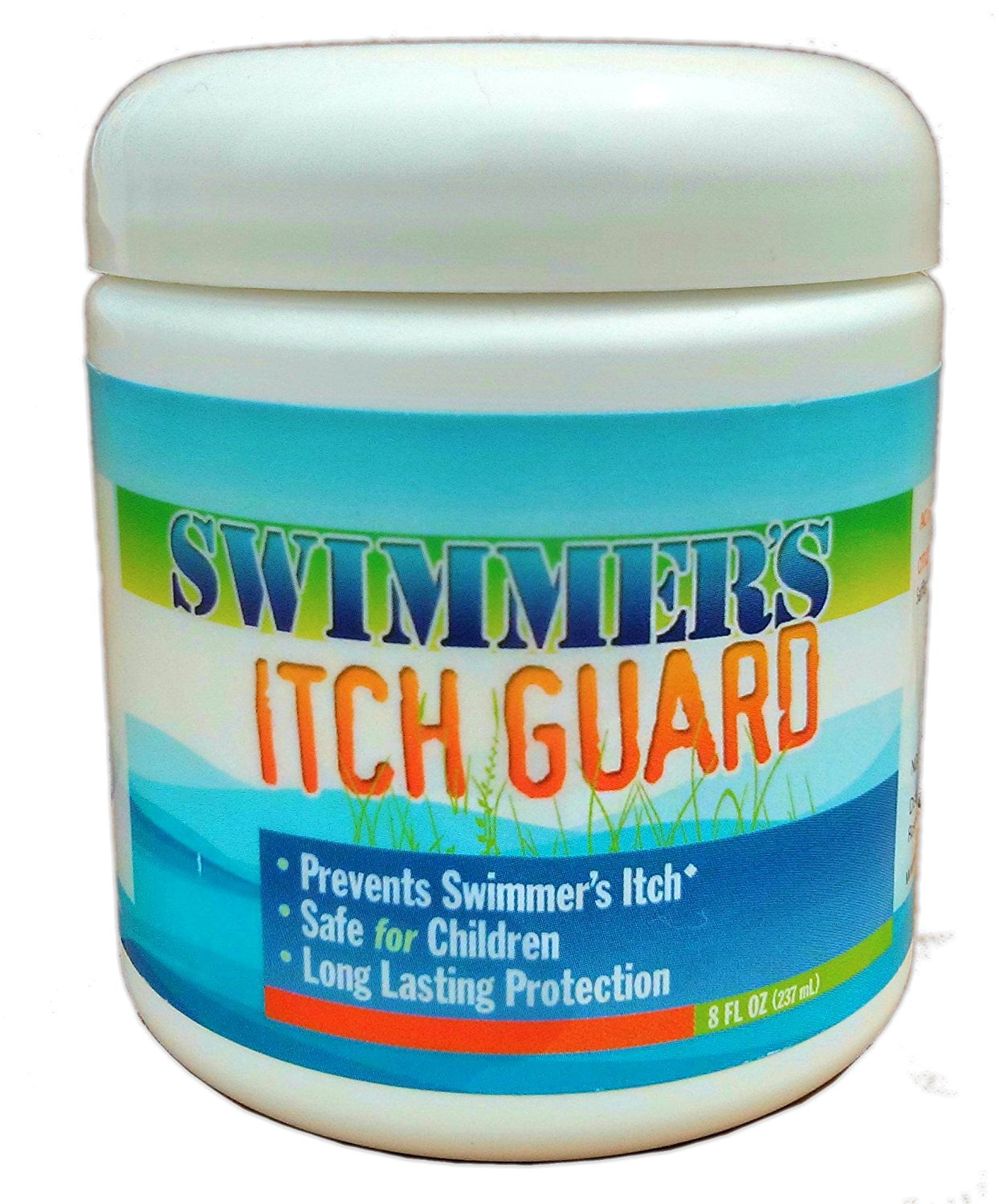

This is especially true when you swim in the shallow water by the shoreline. Meanwhile, you will be more likely to experience a swimmer’s itch when you swim in salt or freshwater. If a pool is clean and well-maintained, it contains the right amount of chlorine, preventing the growth of parasites. Freshwater doesn’t have chlorine, unlike the swimming pools. Knowing the difference between a swimmer’s itch and a chlorine rash depends on where you are swimming. Medically, this condition is known as ‘cercarial dermatitis.’

It can cause rashes that look like small pimples. When you come in contact with them, the parasites can enter your skin. In a swimmer’s itch, the parasites are from the snails which are present in the water.

A swimmer’s itch is due to the microscopic parasites that dwell in freshwater, whereas a chlorine rash is a reaction of your body because of exposure to chlorine in the water. 46 cases of Swimmer’s Itch were reported around Glen Lake in 2020 using the new system.Both the swimmer’s itch and chlorine rash are swimming-related rashes. In 2020 the GLA joined a new North American Swimmer’s Itch reporting effort aimed at collecting data to aid in prediction of swimmer’s itch risk, identifying hot spots, and contributing to development of a SI alert network.
#PREVENT SWIMMERS ITCH INSTALL#
#PREVENT SWIMMERS ITCH SKIN#
Cover your skin with full body swimwear, a “rash guard” suit.
#PREVENT SWIMMERS ITCH TRIAL#
The GLA firmly believes that it would be ineffectual and a waste of precious dollars to continue down the path of trying to control, mitigate, or eradicate swimmer’s itch on a lake-wide basis.ĥ0 years of trial and error, plus the latest research have shown our best and most cost-effective defense against Swimmer’s Itch is prevention, not control.



 0 kommentar(er)
0 kommentar(er)
